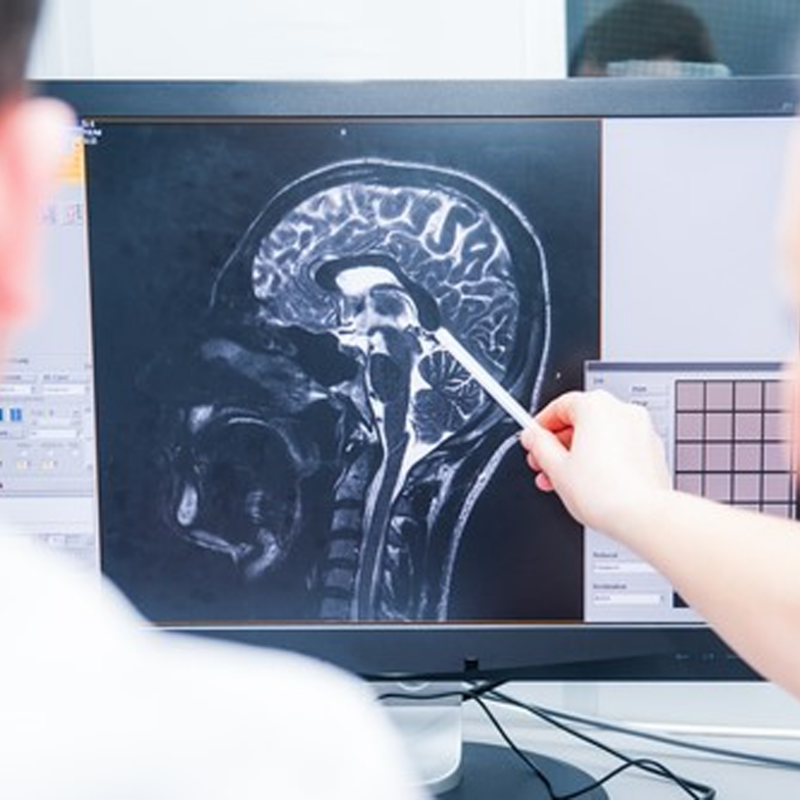August 11, 2023: Researchers from King’s College London are sharing their latest discovery: The activity of glutamate and serotonin differs in individuals with VSS compared to those without the condition, potentially triggering the identification of biomarkers and fostering hope for future pharmacological treatments.
Visual Snow Syndrome (VSS) has long mystified researchers due to its poorly understood neuropharmacological underpinnings. Seeking to demystify this perplexing condition, a pioneering study harnessed the power of cutting-edge technology. By combining receptor target maps with functional magnetic resonance imaging (fMRI) data at rest, the goal was to decipher which neurotransmitters might be orchestrating the brain circuits linked to VSS.
The study employed a novel technique called Receptor-Enriched Analysis of Functional Connectivity by Targets (REACT). This innovative approach delved into the intricate functional networks influenced by five distinct neurotransmitter systems. Participants included individuals with VSS (n = 24), healthy controls (HCs; n = 24), and migraine patients (MIG; n = 25, including 15 with migraine with aura [MwA]). REACT utilized receptor density templates for pivotal neurotransmitter receptors and transporters, such as noradrenaline, dopamine, serotonin, GABA-A, NMDA, 5HT1B, and 5HT2A. These templates facilitated the creation of personalized, voxel-level functional connectivity (FC) maps. These individualized maps were then meticulously compared across the three groups: HCs, MIG, and VSS.
Fascinating outcomes emerged from this exploration. Individuals grappling with VSS exhibited diminished FC within glutamatergic networks situated in the anterior cingulate cortex (ACC). This divergence was evident when juxtaposed with both HCs and patients with migraines. Moreover, a notable reduction in FC within serotoninergic networks surfaced in regions like the insula, temporal pole, and orbitofrontal cortex. These patterns mirrored observations made in individuals with migraine with aura. Of significant interest, VSS patients showcased reduced FC within networks rich in the 5HT2A receptor. These networks were primarily located in occipito-temporo-parietal association cortices. Subgroup analyses revealed that these alterations were not only independent of migraine influences but also akin to changes seen in patients with migraine with aura.
This study’s implications are far-reaching. It highlights the pivotal roles of glutamate and serotonin in rewiring brain connectivity, impacting domains associated with visual processing, salience detection, and emotional responses within the context of VSS. Importantly, altered serotonergic connectivity in VSS stands on its own, unrelated to migraines. Nonetheless, the striking resemblance to patterns seen in migraine with aura underscores a shared biological foundation between these distinct disorders.
(Source: ANN NEUROL 2023)





